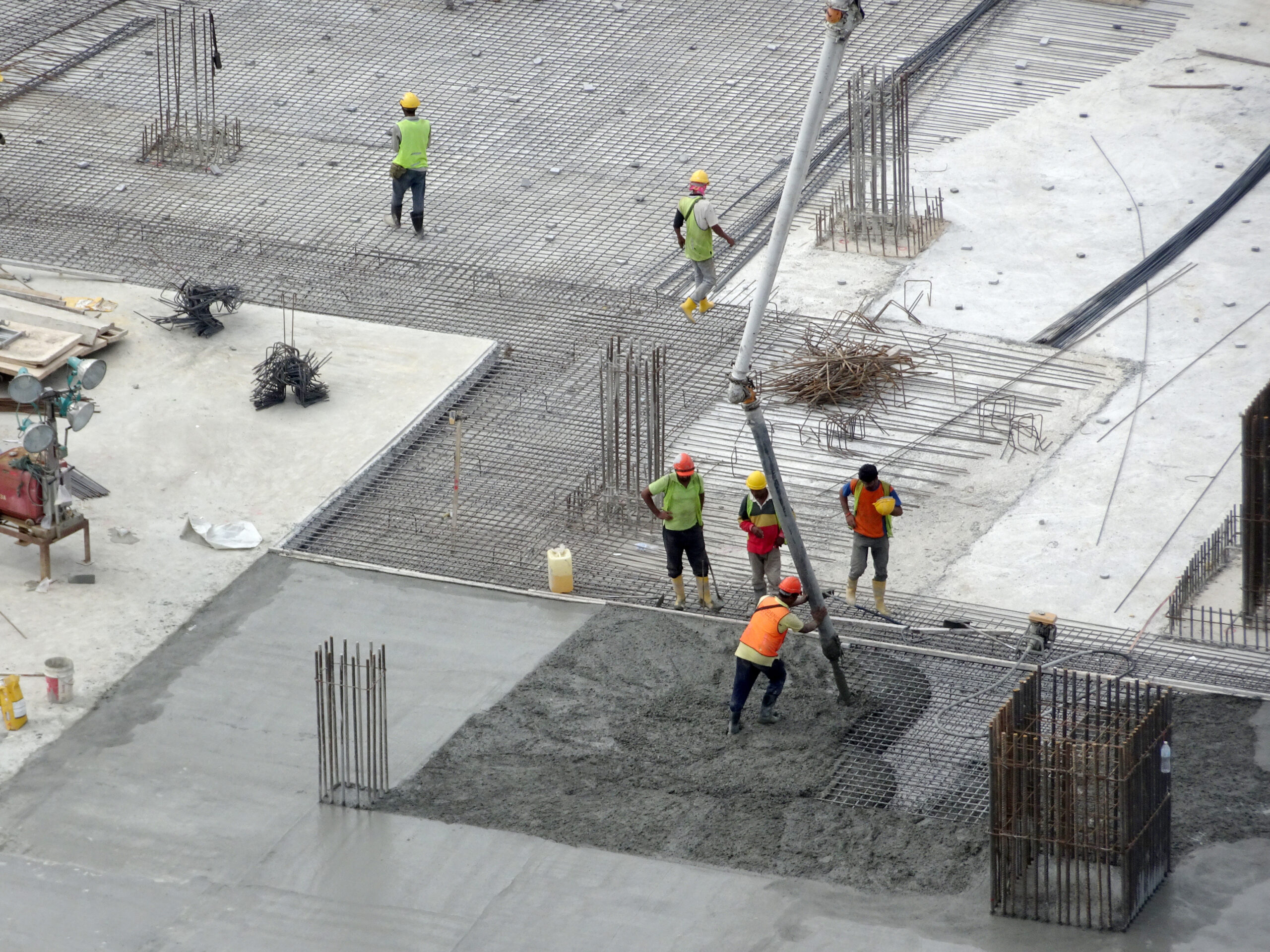We offer more than 75 crushed stone products available in a variety of colors, sizes, and gradations.

Slag vs Fly Ash: Unveiling the Power of Byproducts
When it comes to construction materials, slag, and fly ash are two powerhouses that have made their mark in the industry. These byproducts of industrial processes have found their way into the construction world, offering a sustainable and cost-effective alternative to traditional materials.
Understanding Slag and Fly Ash
Before we compare slag vs fly ash, let’s first understand what they are. Slag is a byproduct that results from the smelting process of various ores, such as iron, copper, and lead. When these ores are heated to extract the desired metal, slag is formed as molten, which is later cooled and solidified. On the other hand, fly ash is a byproduct of burning pulverized coal in power plants. It is captured from the flue gas and consists of fine particles collected through filtration systems.
What are the Benefits of Slag?
Slag boasts an array of advantages that make it a valuable construction material. Here are some of them:
Strong and Durable
Firstly, it exhibits excellent strength and durability, which makes it an ideal candidate for reinforcing concrete structures. Slag is also highly resistant to chemical attacks, providing long-term protection against corrosion. Moreover, its low permeability prevents water penetration, reducing the risk of deterioration caused by freeze-thaw cycles.
Eco-friendly
Another significant advantage of slag is its eco-friendly nature. By utilizing slag in construction, you can reduce the amount of waste sent to landfills and minimize the need for extracting virgin materials. Additionally, slag production generates less carbon dioxide emissions than traditional building materials, contributing to a greener and more sustainable construction industry.
What are the Risks of Slag?
However, there are a few considerations to consider when working with slag. Due to its relatively high density, handling and transporting slag may require additional resources and equipment. Plus, the variable composition of slag can sometimes pose challenges in achieving consistent quality control. Nevertheless, these obstacles can be effectively managed with proper testing, monitoring, and a knowledgeable supplier.
What are the Benefits of Fly Ash?
Similar to slag, fly ash offers numerous advantages that have led to its widespread use in construction, including:
Supplementary Material
One of its most notable qualities is its pozzolanic properties, which means it reacts with calcium hydroxide in the presence of water to form cementitious compounds. When mixed with concrete, this enables fly ash to act as a supplementary cementitious material, enhancing its strength, workability, and durability.
Sustainable
Fly ash also contributes to sustainability efforts, as it helps reduce the demand for traditional cement production. By incorporating fly ash into concrete mixes, the overall carbon footprint of construction projects can be lowered. Furthermore, using fly ash in construction can contribute to reducing landfill waste, as it provides an alternative to disposing of this byproduct.
What are the Risks of Fly Ash?
However, fly ash may contain trace amounts of heavy metals, which can raise concerns about its potential impact on human health and the environment. Proper handling, storage, and disposal methods must be followed to mitigate these risks.
Slag vs Fly Ash: Reactivity
Slag is known for its hydraulic properties, which means it can react chemically with water to form cementitious compounds. This reactivity is due to the presence of calcium and aluminum silicates. When water is added to slag, it undergoes a chemical reaction known as hydration, forming calcium and aluminum hydroxide compounds. This reaction contributes to the binding and hardening of slag, making it suitable for use in construction materials like cement and concrete.
On the other hand, fly ash is classified as a pozzolan, so it possesses latent hydraulic properties. It reacts with calcium hydroxide (lime) in the presence of water to form cementitious compounds. This reaction is called the pozzolanic reaction. It’s what results in the formation of additional calcium silicate hydrates, which contribute to the strength and durability of concrete.
Slag vs Fly Ash: The Winner?
When it comes to whether you should choose slag vs fly ash, slag may be the preferred choice for projects requiring high strength and durability. Its excellent resistance to chemical attacks and long-term performance make it a reliable option for structures exposed to harsh environments. Also, its thermal properties contribute to energy efficiency, making it suitable for sustainable construction practices.
Plus, due to the substantial availability of natural gas, numerous power plants have transitioned from coal to natural gas as their primary energy source for production. Consequently, the supply of fly ash, a byproduct generated from coal combustion and frequently utilized in cement manufacturing, has dwindled. This decline in availability has brought an escalation of fly ash prices. So, the price point makes slag better than fly ash.
It is worth mentioning that the quality and composition of slag can vary depending on the source and production methods. Hence, sourcing these materials from reputable suppliers who adhere to stringent quality control methods with relevant standards is essential. At Silvi Materials, we understand that. That’s why we offer exceptional high-quality slag known for its consistency and performance. Silvi Slag has undergone rigorous testing and has proven effective in Silvi Concrete’s mix designs. If you want to know more about our slag products, contact us today!




